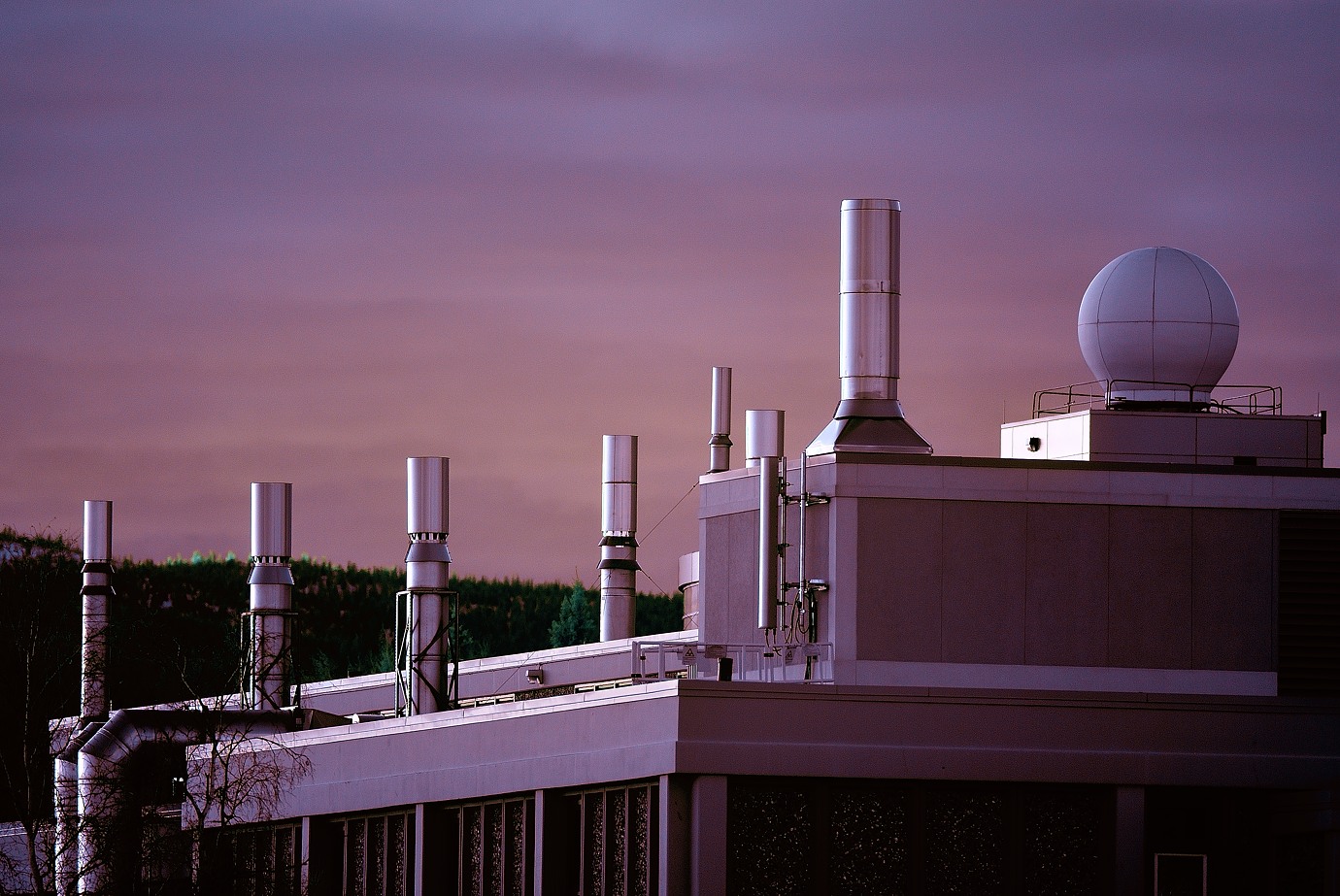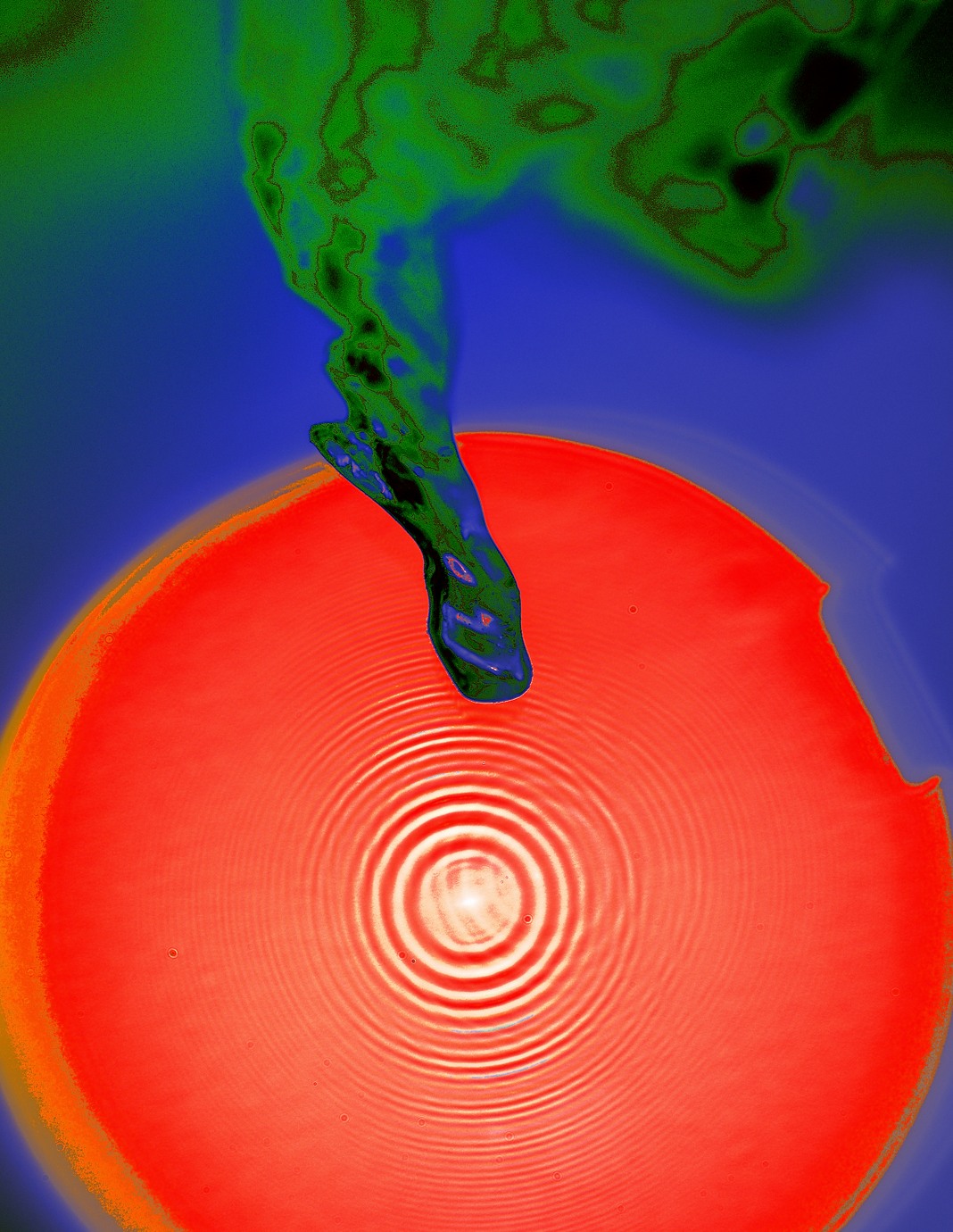Thanks Akira. I would need someone to explain it in more simple terms for me to understand, but it is obvious these are more than just simple Fresnel lenses.
I suspect besides the obvious Fresnel steps in the element, there must be a substructure which is the size of the wavelength of light, which is responsible for the diffraction effect. The wikipedia page says the blazed grating is optimised for one wavelength only, so I wonder how the lens works with white light (has anyone tried it for UV or IR photography?). Very interesting technology.
The 300PF works quite well with IR, as exemplified by muliple images posted here before. Here is one, wide open on D40x. Notice the lack of flare on the shiny chimneys.

Backlight hitting direclty can create some good flare and ghosting in IR, as I previously exemplified here:
http://nikongear.net/revival/index.php/topic,7350.msg118637.html#msg118637 , repeated here for convenience. With some effort one can show off the ghost of the fresnel pattern:

I doubt there are micro patterns overlayed on the Fresnel pattern. The DC watch article indicates otherwise. Perhaps the increasing frequency of the pattern towards the edges is at play?
I do not think there is much hope for UV transmission with the modern coatings of the lens.
Indeed it is an interesting technology. I wonder when or if people would find the way to suppress the PF flare...
Akira, the PF flare is usually not a problem in practical visible light photography, and I believe the design already suppresses most of the effect compared to the original designs that came out (for instance Canon's first use of this technology). Other lenses will also flare in those situations: To make the PF effect show up one needs severely blown light points. Then instead of a monochromatic halo in regular lenses one can get a little of the rainbow pattern. I believe I posted a comparison to the AF 300/4 in the original 300PF thread. I have also used it for solar imaging and astro photography without any problems.
A much more important property of the lens is the almost complete lack of longitudinal/highlight fringing; a little rainbow showing up in the most extreme flare cases is a very small cost to bear. For astro photography it is also worth noting that coma/astigmatism is much better with the AFS 300/4 PF ED VR E than the AFS 300/4 ED. The latter will give pronounced "winged" stars not very far away from the center (on a DX sensor) unless stopped down below f/5 or so. My AF 300mm f/4 ED has pretty bad purple/green fringing. (I almost always had to work on removal in reflections of sunlit eyes). This in spite of that all 3 lenses are highly regarded resolution wise.